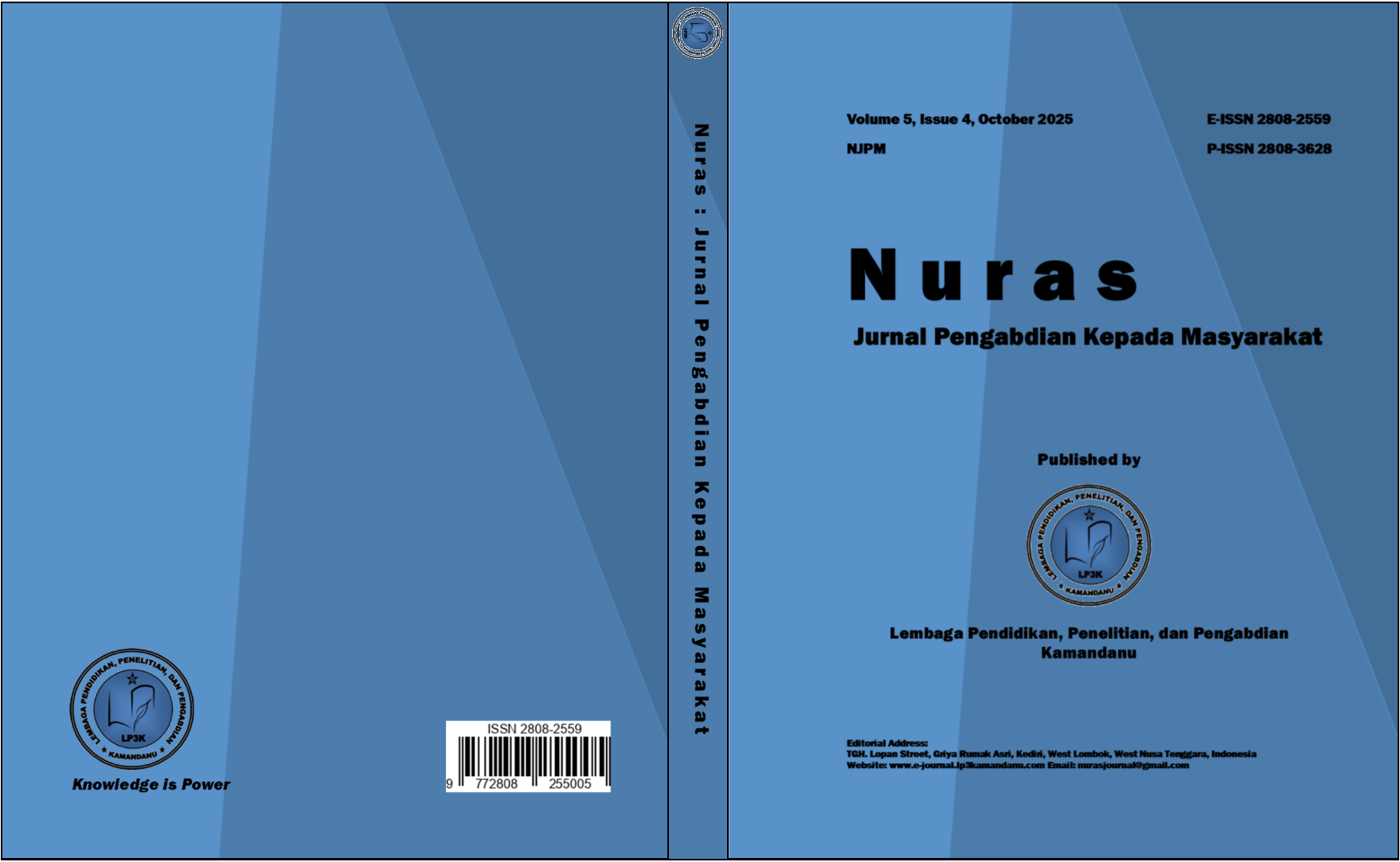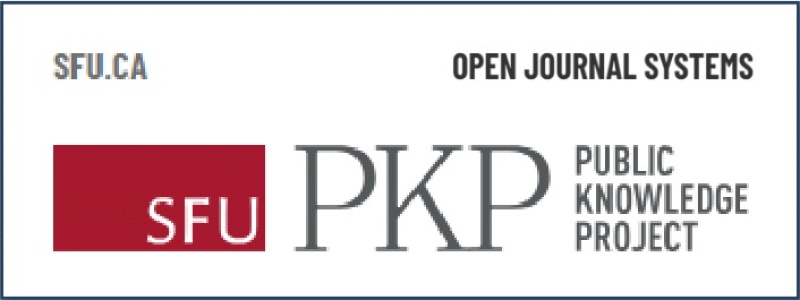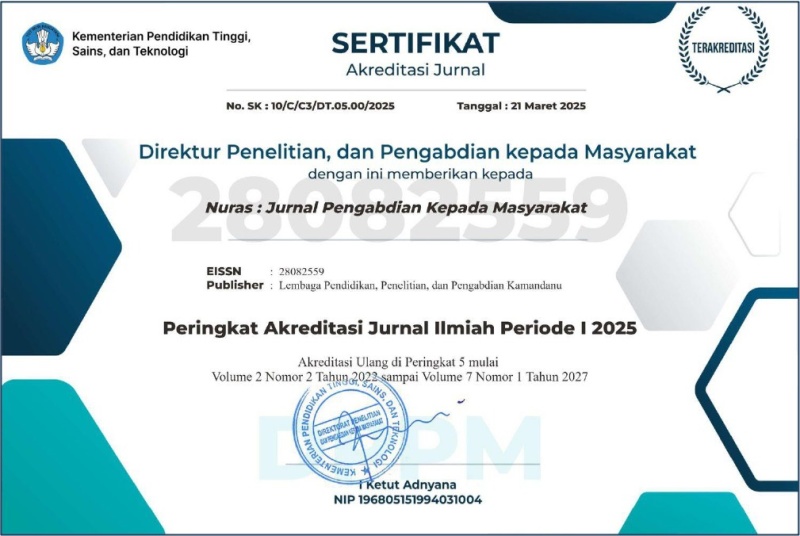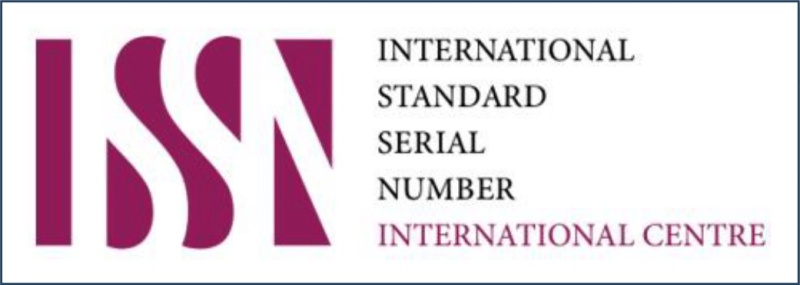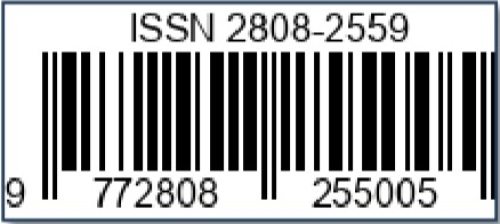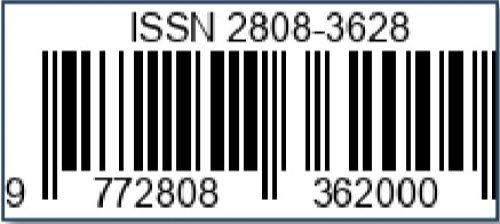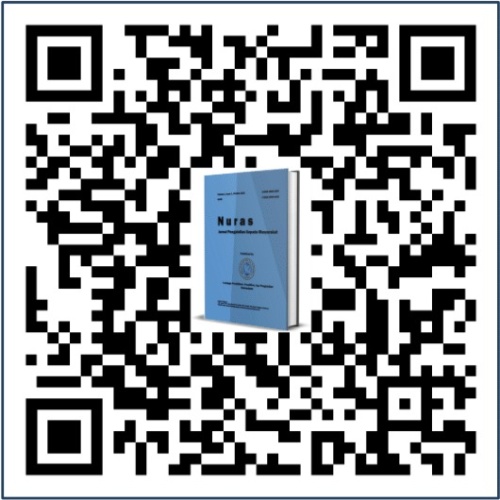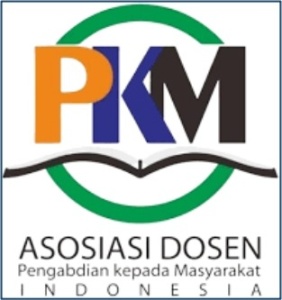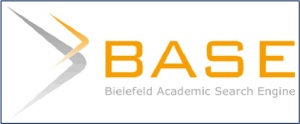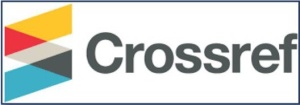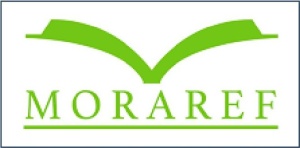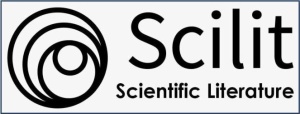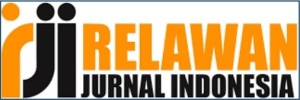Penerapan Teknologi Forged Carbon Compression Split Moulding (FCCSM) untuk Mendukung Industri Hijau dan Zero Waste pada UKM Komponen Berbahan Karbon Fiber
DOI:
https://doi.org/10.36312/nuras.v5i4.730Keywords:
FCCSM, Green Industry, Carbon Fiber Waste, Automotive SMEs, Zero WasteAbstract
The use of carbon fiber (carbon fiber reinforced plastic) in the automotive component industry produces significant waste, reaching 15-20% of the total raw materials. The community service partner, BPM Carbon Works Semarang, previously handled this waste by incineration, which caused environmental and economic problems. This community service program aims to address these problems through the application of Forged Carbon Compression Split Molding (FCCSM) technology. The methods used include lectures, demonstrations, hands-on practice, and assistance in designing two- and four-part split molds, as well as processing carbon fiber waste into commercially valuable products. The results of the activity show that the amount of partner waste is reduced from 20% to 5%, and partner understanding increases significantly with N-Gain scores of 0.73 and 0.75 (high category). In addition, partner profits increase by 15%. This program not only solves environmental problems, but also empowers the partner's economy, in line with the achievement of sustainable development goals (SDGs). Thus, it can be concluded that FCCSM technology is effective in achieving a zero-waste industry, and ongoing mentoring and collaboration with local governments are recommended.
Downloads
References
Damayanti, A. (2015). Implementasi Kebijakan Industri Hijau Berbasis Pembangunan Berkelanjutan. Disertasi. Universitas Brawijaya.
Endayani, T. B., Rina, C., & Agustina, M. (2020). Metode Demonstrasi untuk Meningkatkan Hasil Belajar Siswa. Al-Azkiya : Jurnal Ilmiah Pendidikan MI/SD, 5(2), 150-158. https://doi.org/10.32505/al-azkiya.v5i2.2155
Faradila, A., Rezaldi, A., Riananda, F., Farlina, I., & Nadirah, S. (2022). Pendampingan Pengolahan Sampah di Desa Kalawara. Menara Kearifan : Jurnal Pengabdian Masyarakat, 1(1), 88-98.
Jabarullah, N. H., & Hussain, H. I. (2019). The Effectiveness of Problem-Based Learning in Technical and Vocational Education in Malaysia. Education + Training, 61(5), 552-567. https://doi.org/10.1108/ET-06-2018-0129
Kumar, A., Dixit, S., Singh, S., Sreenivasa, S., Bains, P. S., & Sharma, R. (2025). Recent Developments in the Mechanical Properties and Recycling of Fiber‐Reinforced Polymer Composites. Polymer Composites, 46(5), 3883-3908. https://doi.org/10.1002/pc.29261
Lefeuvre, A., Garnier, S., Jacquemin, L., Pillain, B., & Sonnemann, G. (2017). Anticipating in-Use Stocks of Carbon Fiber Reinforced Polymers and Related Waste Flows Generated by the Commercial Aeronautical Sector Until 2050. Resources, Conservation and Recycling, 125(1), 264-272. https://doi.org/10.1016/j.resconrec.2017.06.023
Muflikhun, M. A., & Nuryanta, M. I. (2024). Komposit Serat Alam Pengenalan: Sifat Mekanis-Proses Manufaktur dan Perkembangannya. Yogyakarta: UGM Press.
Rahman, M., & Luqyana, D. (2024). Modification of Compression Molding Mold for Bio-Composite Roof Tile Application: Modifikasi Mold Compression Molding untuk Aplikasi Genteng Bio-Composite. In Prosiding Seminar Nasional Teknik Mesin (pp. 239-246). Jakarta, Indonesia: Jurusan Teknik Mesin, Politeknik Negeri Jakarta.
Rajak, D. K., Wagh, P. H., & Linul, E. (2021). Manufacturing Technologies of Carbon/Glass Fiber-Reinforced Polymer Composites and Their Properties: A Review. Polymers, 13(21), 1-42. https://doi.org/10.3390/polym13213721
Rani, M., Choudhary, P., Krishnan, V., & Zafar, S. (2021). A Review on Recycling and Reuse Methods for Carbon Fiber/Glass Fiber Composites Waste from Wind Energy Sectors. Composites Science and Technology, 215(1), 108768. https://doi.org/10.1016/j.compositesb.2021.108768
Rikawati, K., & Sitinjak, D. (2020). Peningkatan Keaktifan Belajar Siswa dengan Penggunaan Metode Ceramah Interaktif. Journal of Educational Chemistry (JEC), 2(2), 40-48. https://doi.org/10.21580/jec.2020.2.2.6059
Roziqin, A., Suwahyo, S., Septiyanto, A., Anggoro, A. B., & Herunandi, R. I. D. (2022). Pelatihan Produksi Silencer Free Flow Ramah Lingkungan bagi Bengkel Knalpot dan Bengkel Las. Surya Abdimas, 6(3), 432-440. https://doi.org/10.37729/abdimas.v6i3.1665
Wahyuni, N. (2019). Efektivitas Pembelajaran dengan Menggunakan Metode Praktik untuk Mata Pelajaran Produktif Jurusan Administrasi Perkantoran di SMK Nasional Makassar. Skripsi. Universitas Negeri Makassar.
Witik, R. A., Gaille, F., Teuscher, R., Ringwald, H., Michaud, V., & Manson, J. A. E. (2012). Economic and Environmental Assessment of Alternative Production Methods for Composite Aircraft Components. Journal of Cleaner Production, 30(3), 91-102. https://doi.org/10.1016/j.jclepro.2012.02.028
Downloads
Published
How to Cite
Issue
Section
License
Copyright (c) 2025 Ahmad Roziqin, Bayu Bagas Hapsoro, & Shohihatur Rohman

This work is licensed under a Creative Commons Attribution-ShareAlike 4.0 International License.
-
Attribution — You must give appropriate credit, provide a link to the license, and indicate if changes were made. You may do so in any reasonable manner, but not in any way that suggests the licensor endorses you or your use.
-
ShareAlike — If you remix, transform, or build upon the material, you must distribute your contributions under the same license as the original.

